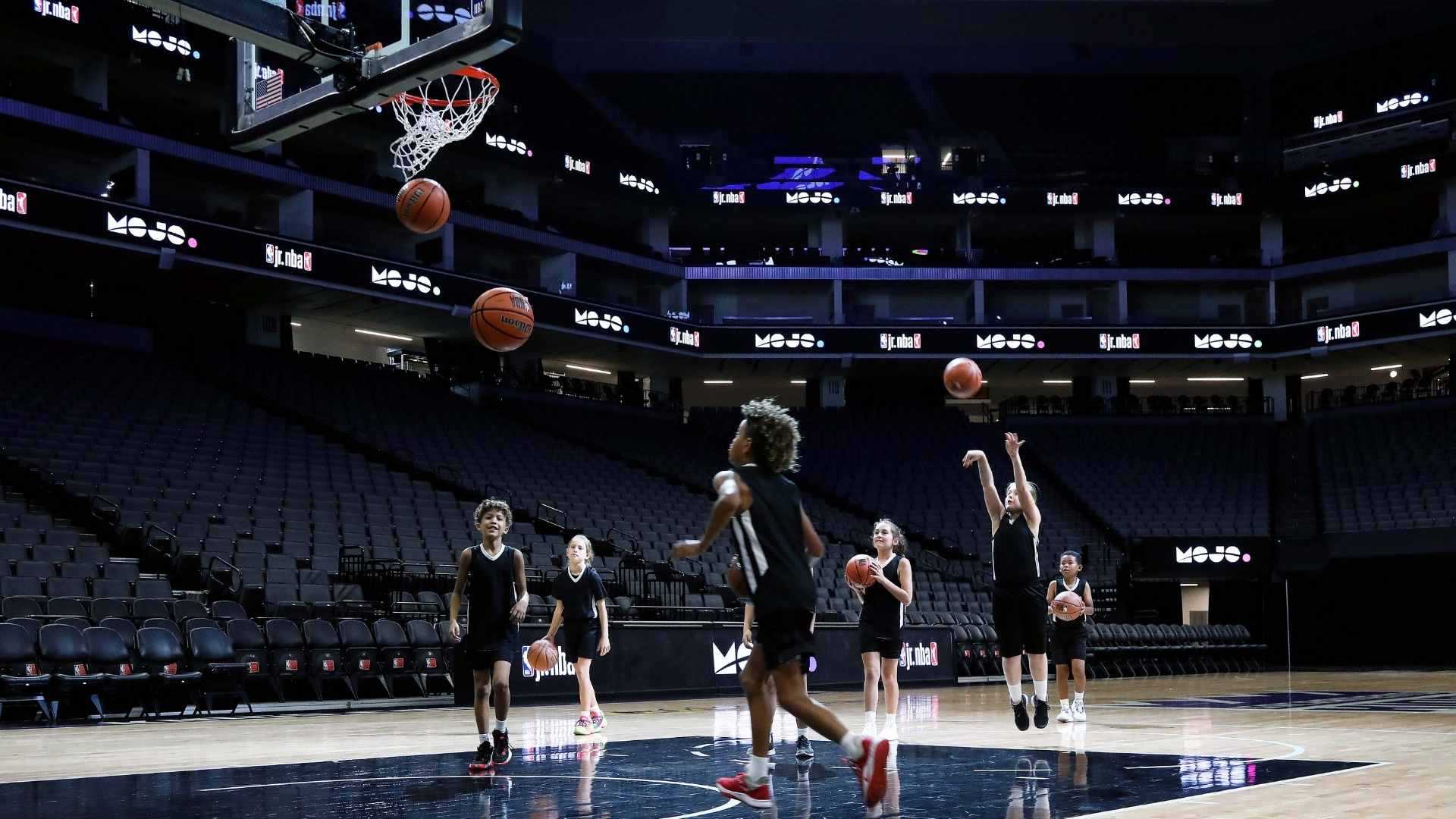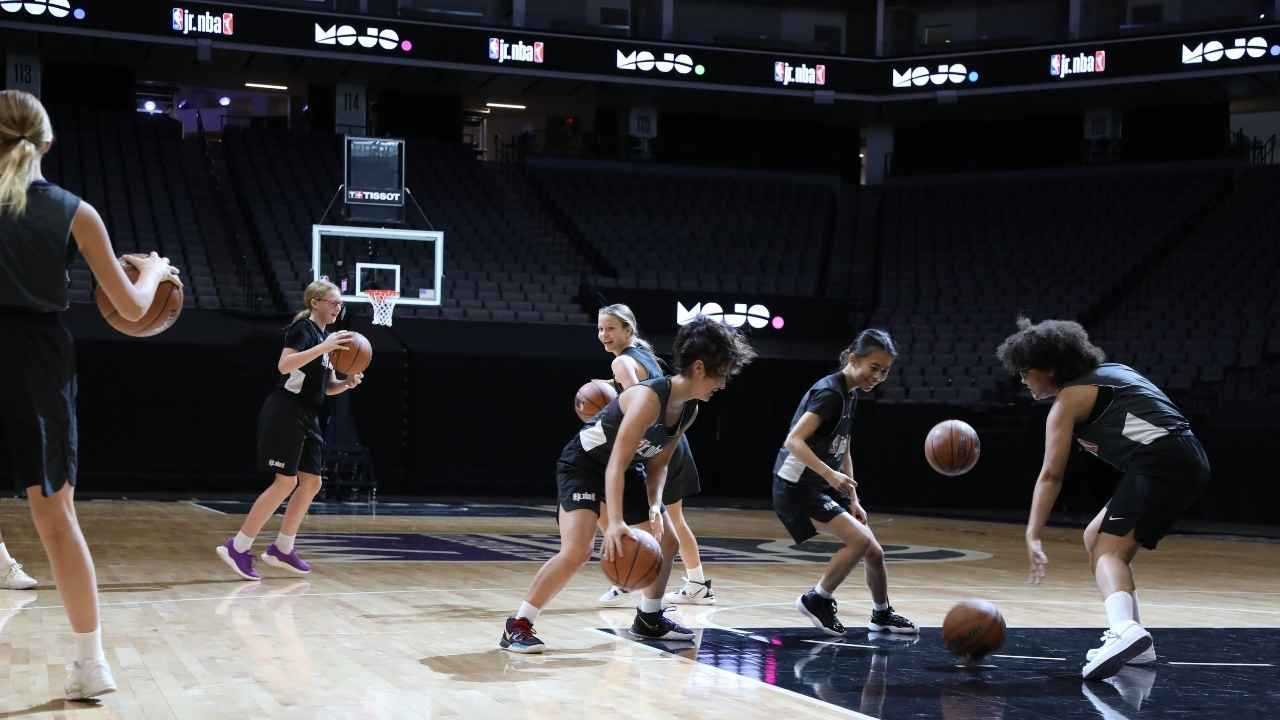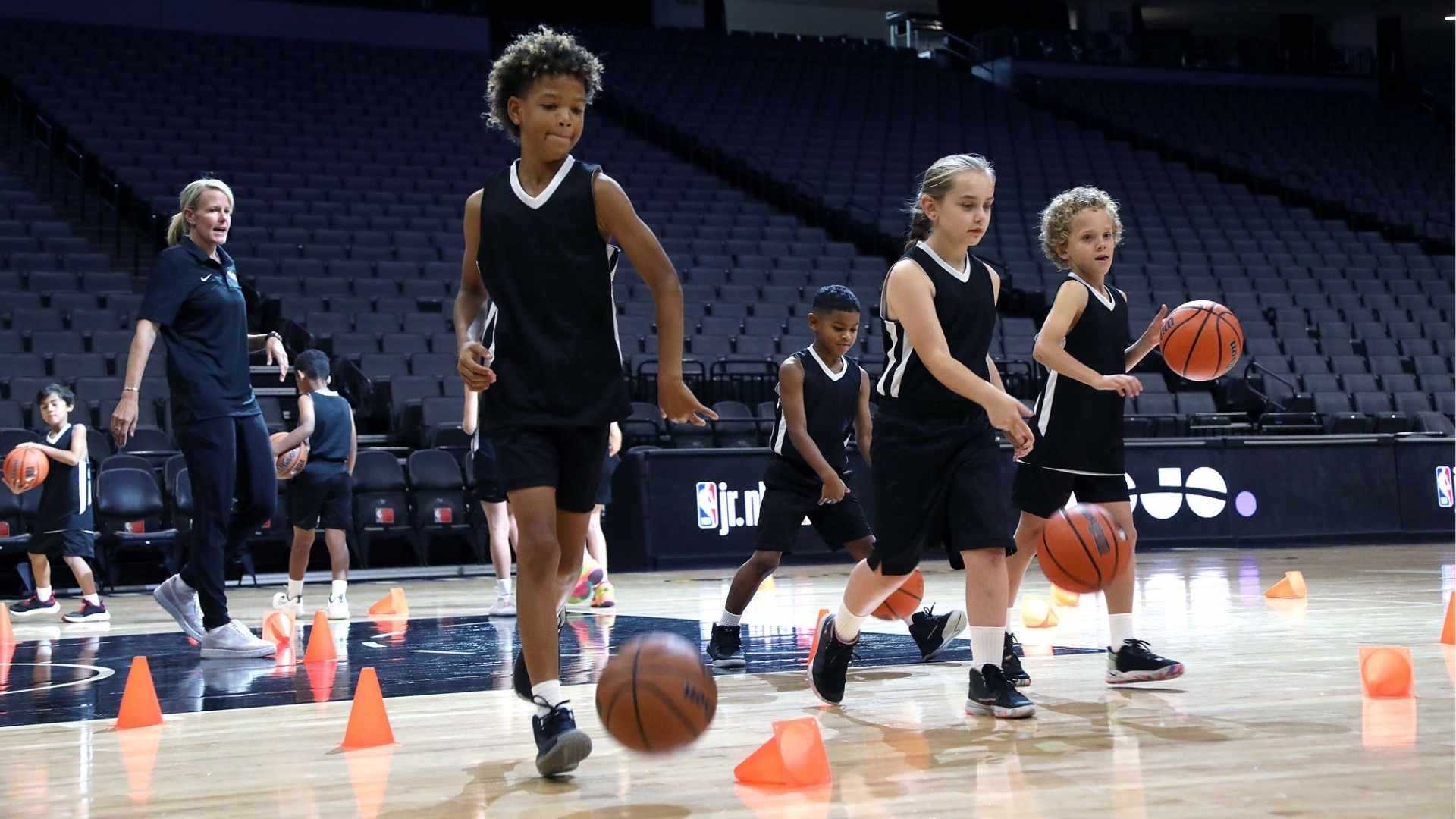What Kids Actually Need in a Basketball Shoe
There’s the shoe they want, and then there’s shoe they need
Laura Lambert
| 4 min read

Canva
Sure, your 11-year-old with a whopping size 8 foot wants the $150 Nike KD14s — “a perennial top-performer” according to the streetwear blog High Snobiety. But what do kids actually need in a basketball shoe?
Stability, flexibility and ankle support, says Danielle Viglione, owner and trainer at Sacramento Skills Academy and former pro basketball player. Beyond that, she says, it’s comfort and what parents can afford.
Function over form
Unlike soccer or flag football cleats, basketball shoes have undeniable fashion cred all their own — whether or not a kid plays. And that can make it hard to separate what looks cool from what’s essential for the game.
High-priced court shoes typically do check all the boxes, but can be cost-prohibitive, especially for any parent who is accustomed to buying the next size shoe every six months. (Lebron 18s, Kyrie 7s and Air Jordan 5s are all well north of $100 at most major retailers.) But, on the other end of the spectrum, everyday sneakers don’t always give kids what they need to play ball.
“The only thing I will ever say about a kid’s shoes is when they come in with their school shoes,” says Viglione. In casual sneakers, like Keds, kids will slide all over the wooden floor of an indoor court. “There’s no grip,” she says. (That goes for older shoes with worn-down tread as well.)
What to look for in a basketball shoe
Fashion and favorite players aside, Viglione’s three qualities to consider when looking for a shoe can help guide your decisions at the store.
Stability. You want a basketball shoe with a sole that has some serious grip and traction, so your player can run, jump and pivot with purpose (and without slipping).
Flexibility. Think: lightweight and breathable, which makes the shoes easy to maneuver in and also easier to maintain. (Stinky shoes are the bane of every sports parent’s existence.)
Ankle support. Ankle support is vital in any jumping sport because it helps prevent sprains, strains and other injury — and it’s vital in basketball. Basketball shoes come as high-tops, mid-tops and low-tops. High-tops, as you might suspect, offer the most ankle support (but can be heavier and less flexible); low-tops offer little to none. Mid-tops straddle that happy middle place between support and flexibility, and are great for players that play many positions (as most youth players should!).
How should basketball shoes fit?
In a word? Comfortably. And in another word: true-to-size. Buying a slightly larger shoe, with next season or basketball camp in mind, is a strategy that can backfire if an ill-fitting shoe leads to injury. One rule of thumb is to leave no more than ½-inch — or the width of your thumb — between the toes and the tip of the shoe, when standing. Otherwise, the foot might slide.
The rest of the shoe should fit snug around the foot and, for high-tops, ankle — but not tight.
A word about laces
Any elementary school teacher will tell you, repeatedly tying shoelaces is a thankless part of the job. And that goes for youth coaches as well.
“Laces frustrated me sometimes, when they’re too long,” says Viglione. “If your kid’s laces keep coming undone, get them shoes without laces.”
The bottom line on youth basketball shoes
Basketball shoes are big business, but that doesn’t have to get in the way of basketball season. Many retailers carry well-made, good-quality basketball shoes in the $50 and under range (especially on sale). It’s an investment, for sure, especially season after season, but one that parents are making in the name of safety. Think of it as less as a fashion statement, more a dose of injury prevention.




